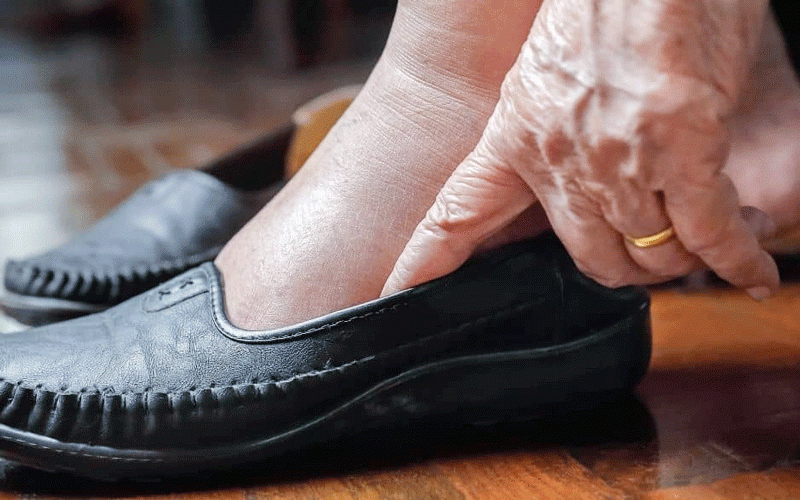
Hair dyes used by millions of women contain chemicals linked to cancer, British scientists have warned. They say that both home hair-colouring kits and the dyes used at expensive salons pose a potential risk to health.
— Mailonline
Writing in a respected scientific journal, they say chemicals in permanent hair dyes can react with tobacco smoke and other pollutants in the air to form one of the most powerful cancer-causing compounds known to man. With more than a third of women and one in 10 men regularly colouring their hair, the researchers say it is “imperative” that the risk to health is quantified.
However, the cosmetics industry has strongly disputed the claim.
The warning comes from scientists at Leeds-based company Green Chemicals who conducted a review of the chemistry surrounding hair dye. They said that all the information was already available and they simply “joined the dots” to establish the link with cancer.
They warn that chemicals called secondary amines, which are either found in all permanent hair dyes or are formed in them, can penetrate the skin and stay on the hair for weeks, months or even years after the dye is applied.
Over time, they could react with tobacco smoke and exhaust fumes, to form highly poisonous chemicals called N-nitrosamines.
The sale of kits is big business
- Chamisa under fire over US$120K donation
- Mavhunga puts DeMbare into Chibuku quarterfinals
- Pension funds bet on Cabora Bassa oilfields
- Councils defy govt fire tender directive
Keep Reading
Even dyes used at expensive salons contain secondary amines. Known to cause cancer, these are banned from use in cosmetics.
But the Leeds researchers argue that they can still be generated via a simple chemical reaction. Hair dye has previously been linked to a range of cancers, including tumours of the breast, bladder, ovaries, brain and leukaemia.
There are also concerns that increasing numbers of people are becoming allergic to their contents, sometimes with fatal results.
The sale of home hair dye kits alone is worth an estimated £321 million a year and the figure is expected to rise as the population ages.
Professor David Lewis, one of the authors of the study, and an expert in the chemistry of various dyes, said: “At this stage, we can’t be sure of the amount of N-nitrosamines produced or the level of risk these compounds pose, but it is clear a potential hazard exists.
“In the interest of consumer safety, it is imperative that a thorough and independent investigation is conducted to establish the levels of toxicity of these compounds and the potential risks.”
A spokesman for Green Chemicals, which is about to launch its own “ultra-safe” range of hair dyes, said that despite numerous studies of the subject, the danger posed by the chemicals in hair dye reacting with the air has been missed or ignored until now.
But manufacturers insisted that the possibility of the chemical reaction has been long known.
Emma Meredith, of the Cosmetic, Toiletry and Perfumery Association, said the law forbids using secondary amines in a form that can react in this way.
George Hammer, the owner of Urban Retreat at Harrods, the world’s largest hair and beauty salon, said: “Chemical companies have a huge vested interest in keeping this under wraps.”
The warning is set out in the journal Materials.
In 2009 the Mail revealed that women who used hair dyes more than nine times a year had a 60% greater risk of contracting blood cancer.
A year later the European Commission banned 22 hair dyes which put long-term users at risk of bladder cancer.











